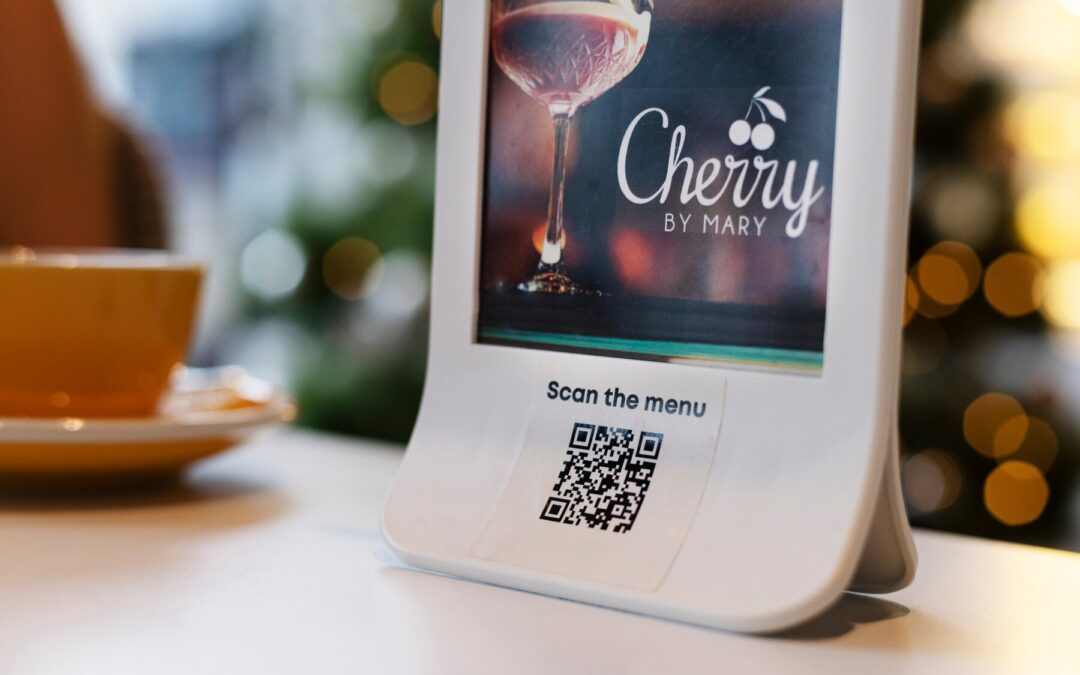The restaurant industry is no stranger to embracing innovation to enhance customer experiences and operational efficiency. In recent years, digital signage has emerged as a powerful tool, transforming the way restaurants engage with their patrons. In this blog post, we’ll explore the exciting world of digital signage and its significant impact on the restaurant industry.
**1. Dynamic Menus: Gone are the days of static printed menus. Digital signage allows restaurants to display dynamic, interactive menus that can be easily updated to reflect daily specials, price changes, and seasonal offerings.
**2. Visual Appetite Appeal: High-resolution screens showcasing delicious food images and videos can stimulate appetite and influence customers’ dining choices. This visual appeal can enhance the overall dining experience.
**3. Real-Time Updates: Digital signage can instantly update information, ensuring that customers are always presented with the latest menu items and prices.
**4. Efficient Order Placement: Interactive touchscreens at tables or kiosks allow customers to place their orders directly, reducing the wait time for both customers and staff.
**5. Enhanced Customer Engagement: Digital signage can serve as a platform for customer engagement. Restaurants can run contests, display user-generated content, or encourage patrons to provide feedback and reviews.
**6. Promotions and Upselling: Display screens can promote upsell opportunities and special offers, increasing the average check per customer.
**7. Reduced Perceived Wait Time: Engaging content on digital signage can make wait times feel shorter, providing a more enjoyable dining experience for customers.
**8. Adaptive Advertising: Restaurants can sell advertising space on their digital signage, showcasing local businesses, partners, or sponsors, creating an additional revenue stream.
**9. Eco-Friendly and Cost-Effective: Digital signage is a more sustainable option compared to printed materials. It reduces the need for constant reprinting and minimizes paper waste.
**10. Data-Driven Insights: Digital signage solutions often come with analytics tools, providing restaurants with valuable insights into customer behavior and preferences.
**11. Remote Management: Restaurant owners and managers can update and manage digital signage content remotely, ensuring consistency and timeliness in messaging.
**12. Crisis Communication: In emergency situations, digital signage can be used to convey important information to customers, such as weather alerts or health and safety guidelines.
**13. Multi-Purpose Signage: Digital screens can serve multiple purposes, including entertainment through live sports broadcasts or live music streaming.
**14. Brand Consistency: Digital signage ensures brand consistency by displaying logos, color schemes, and visuals that reflect the restaurant’s identity.
**15. Compliance and Transparency: Display nutritional information, allergen details, and sourcing information transparently, which is vital in meeting compliance requirements and satisfying customer demands.
In conclusion, digital signage has become a staple in the modern restaurant industry, enhancing customer engagement, improving operational efficiency, and creating dynamic, visually appealing dining experiences. Whether it’s through interactive menus, promotional displays, or customer engagement, digital signage is a powerful tool that is revolutionizing the way we dine out. Restaurants that embrace this technology can stand out in a competitive market and offer customers an unforgettable experience.

